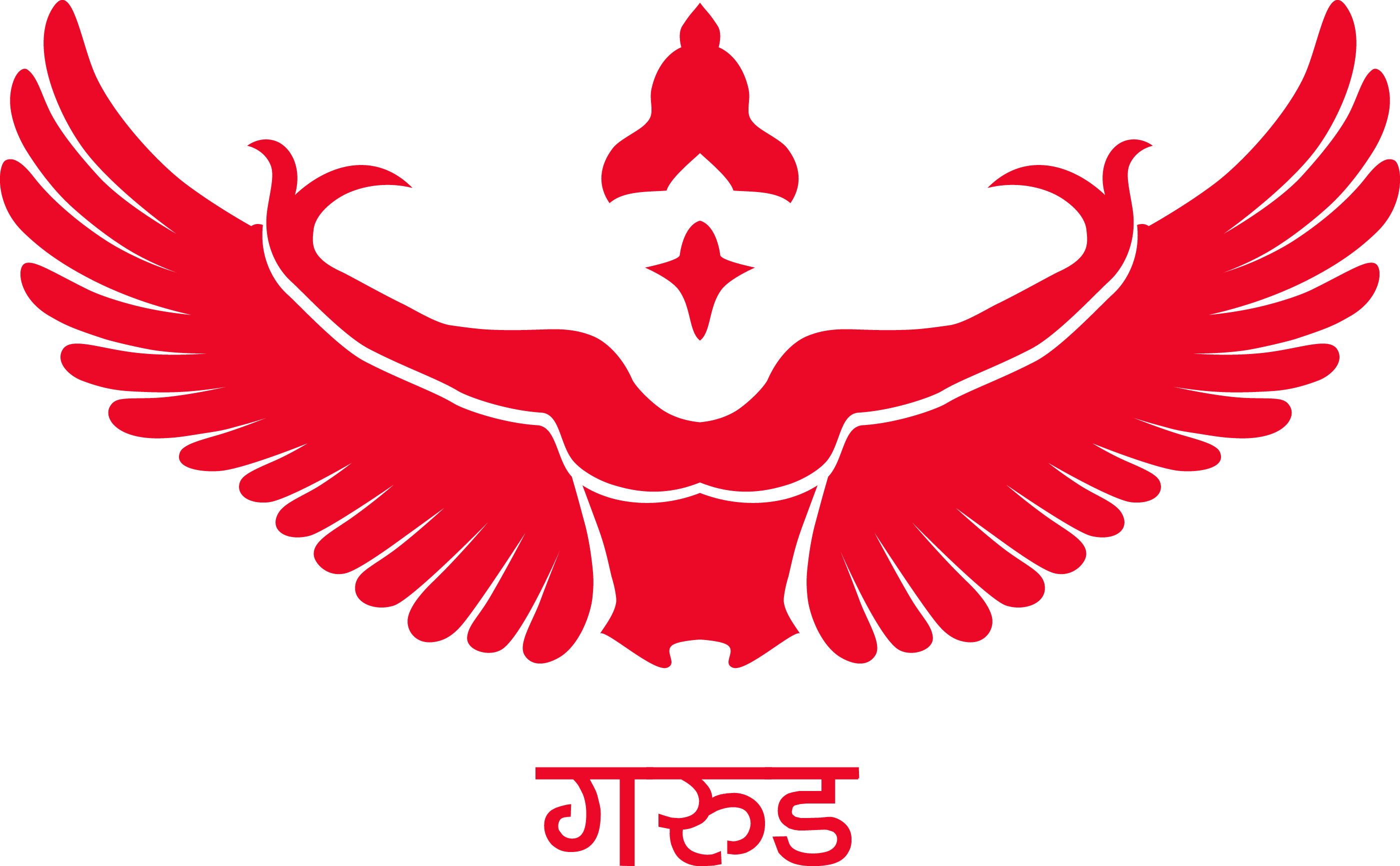Shop by Category

Jaina Dharma Ka Itihaas (Vol. 2: Jaina Dharma ka Aitihasik Sarveksana aur Prasar): Historical Analysis and Extension of Jain Dharma
Sold By:
DK Printworld
₹550.00
Short Description
History of Jainism has been divided into three parts — Jain history and its origin; its historic importance; and Jain religion during the interim periods — all covered in detail. Jainism during Mogul rule — its Social and Economic condition, has also been described.More Information
| ISBN 13 | 9788124603185 |
| Book Language | Hindi |
| Binding | Hardcover |
| Total Pages | 346 |
| Edition | 1st |
| Release Year | 2005 |
| Publisher | D.K. Printworld Pvt. Ltd. |
| Author | Kailash Chand Jain |
| GAIN | HJZUGEY674K |
| Category | Jainism History & Archaeology Ever Green Shelf Life |
| Weight | 700.00 g |
| Dimension | 14.00 x 22.00 x 1.80 |
Frequently Bought Together

This Item: Jaina Dharma Ka Itihaas (Vol. 2: Jaina Dharma ka A...
₹550.00
Sold by: DK Printworld
Choose items to buy together
ADD TO CART



This Item: Jaina Dharma Ka Itihaas (Vol. 2: Jaina Dharma ka Aitihasik Sarveksana aur Prasar): Historical Analysis and Extension of Jain Dharma
Sold By: DK Printworld
₹550.00
Historicity of Rama and Krsna: Literary, Historical, Archaeological and Scientific Perspectives
Sold By: DK Printworld
₹150.00
Total Price : ₹550.00
Product Details
History of Jainism has been presented here in three parts. The first part tries to prove through the archaeological and literary sources the historicity of Tirthamkara, Parsvanatha and Mahavira, explaining their life and education besides religious, political, social, artistic and literary conditions of their times. The second part surveys the history of the Jaina dharma, its expansion and significance. The effects of Jaina dharma increased when Mauryas were ruling Magadha and Kharawelas ruled Orissa. No doubt, the period from the 9th to 12th centuries ce was a golden time in the history of Jainism and even traders, labourers and craftsmen were highly influenced by it during Kusana period. Seen geographically, Cauhana, Paramara and Calukya were acting as watchmen for Jainism in the north and in the south it was being nourished by Calukya, Rastrakuta and Ganga (Kingdoms). Many Jaina temples were constructed, monuments erected in honour of their deities. This part illustrates the many ways in which Jainism was served by the Jaina monks, saints, scholars and the politicians and answers questions such as: What kind of religious and social unions were made after the division and what were their traditional characteristics? How were the different leagues and monastries of Jaina sages made? What was the lineage of various castes and how they originated? The third part, associated with the middle ages of Jainism, describes that even though there was Muslim rule, still many organizations were sponsored with the influence of Jainism. Truthfully, there was a decline in Jainism during the middle ages but it remained protected. Many pilgrimages and historical places were established with the great influence of Jainism. Dr A.H. Nizami has written here about the Muslim reign, conditions of Jainism and also about the admirable Jainas. Dr Surendra Gopal has described the social and financial conditions prevailing at this period. Dr Shyam Sunder Nigam has penned on the middle ages of India and Dr Prakash Chandra Jain has written about the Jaina religion in the Middle Ages in Malwa region. This monumental work will be a treat for the minds and eyes of people curious about Jainism.














